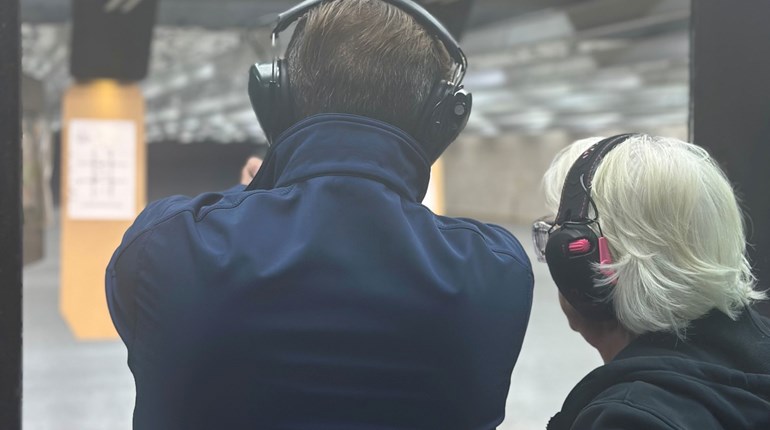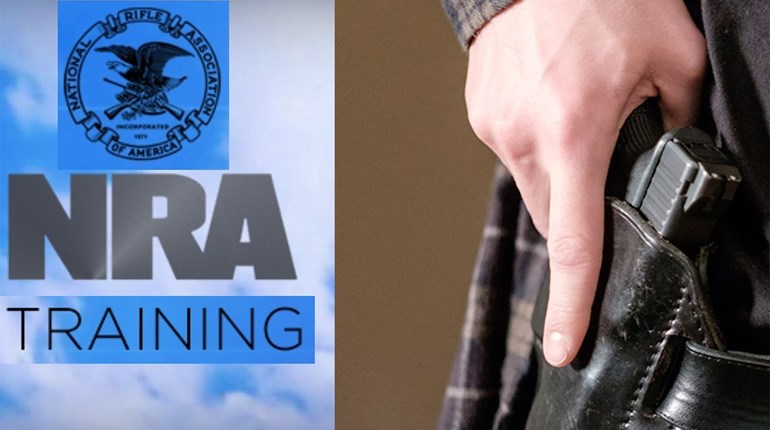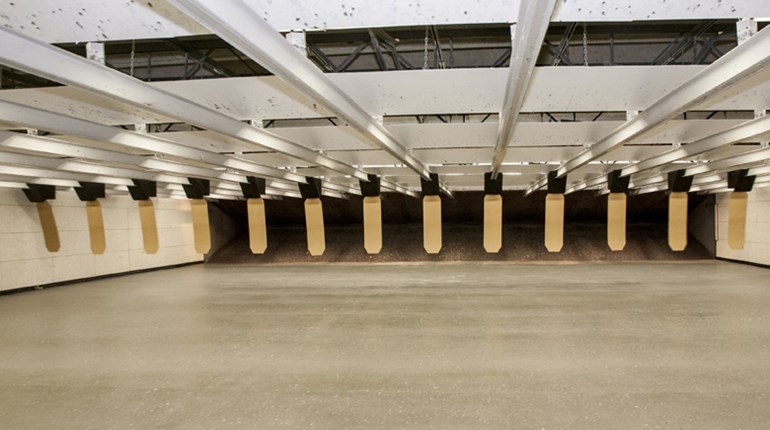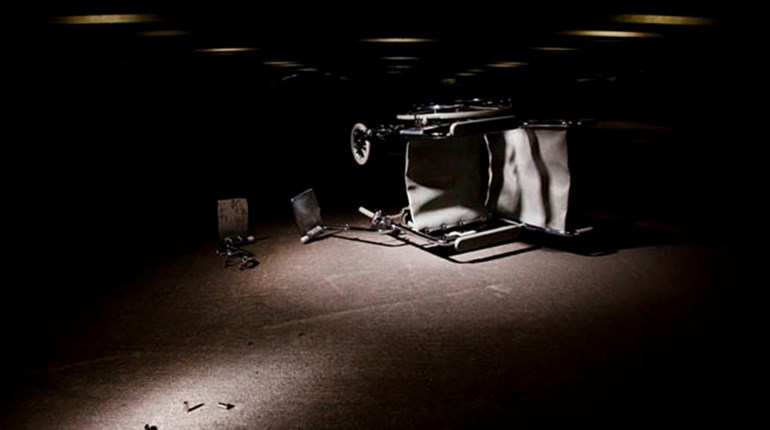
I recently received a query from a person whose physical challenges include hypermobility—which is an abnormal range of motion—and upper-body muscle weakness. The good news is that although everyone’s physical challenge is unique, we can offer some general tips to help you adapt to your abilities.
First and Foremost: Hands-On Training
The first step is to seek out one of our NRA Instructors or Training Counselors for some hands-on training. Of course you can learn many valuable things online, but being physically present with the instructor is the best way to get an evaluation of your training needs and abilities. To get started, just go to the NRA Training website by clicking this link: https://www.nrainstructors.org/. Once on this page you will select the button for finding world-class in-person NRA training near you. That will bring up a page listing our courses, where you can select the course(s) of interest, enter your state, Zip Code and/or your comfortable travel distance to define your search. I would then encourage you to contact a couple of instructors from that list to have a discussion about your goals and expectations.
Second: Never and Always
Everyone’s level of ability is different, but I can start with two NEVER statements. NEVER compromise safety while you are trying to adapt to your abilities; and NEVER ignore pain or increasing symptoms. Consult with a firearm instructor and your physician, respectively, for help in these areas.
Now for an ALWAYS statement: ALWAYS work within your abilities to improve your technique. That may mean exercises to get a little stronger, modifying how you hold or manipulate the firearm, or even what type of firearm you use.
Now for the tips!
Weakness and fatigue can be managed by taking your time. Determine your endurance level—for the sake of argument, we will say that you can stay relatively steady for two consecutive shots—and stay within your limits. Hopefully with repetition, your strength and endurance will increase, but don’t be too hard on yourself.
Gear Recommendations
Shooting gloves, grip tape or any method of increasing the traction between the firearm and your hand will enable you to maintain a solid grip with less effort. Wrist supports attached to gloves, wrist sleeves or braces will also help stabilize a very common area of weakness. These can, of course, be purchased on Amazon. The key here is fit: Watch out for anything restricting blood flow. You will know if any brace or support is too tight if you have numbness, tingling or a cold sensation in the extremity beyond the brace. Adjust the fit of the device if any of these symptoms appear or worsen. If symptoms persist after adjustment, stop using the device altogether. You may also employ elbow sleeves, supports or braces. Just as with the wrist supports, these are available on Amazon and you will need to monitor for correct fit.
Compression or support garments (think Superman’s blue suit or the jackets worn by Olympic Air Rifle competitors) are similar to my earlier suggestion of using wrist and elbow supports. These, however, take it to the next level to incorporate the shoulder and trunk. They may make extending the arms and supporting the weight of the firearm a little easier. HERE is an article to get you started … but there are many other resources out there once you start looking. (Fit here is critical also—too loose and you will gain no support; too tight will restrict motion and possibly blood flow.)
There are also devices that incorporate springs or pulleys to provide some support for the firearm while still being slightly unstable so the operator has to demonstrate some skill to hit the target. They are often called spring stands even if they use a different mechanism and they are widely used in Paralympic shooting events. Spring stands are available to purchase online (although I cannot personally vouch for specific ones); some people even build their own.
Depending upon your level of ability, you may need only one or a combination of the gear and garments listed above. With determination, a good instructor and plenty of attention to safety and to your health, you can learn to shoot.
Image courtesy USA Shooting







































